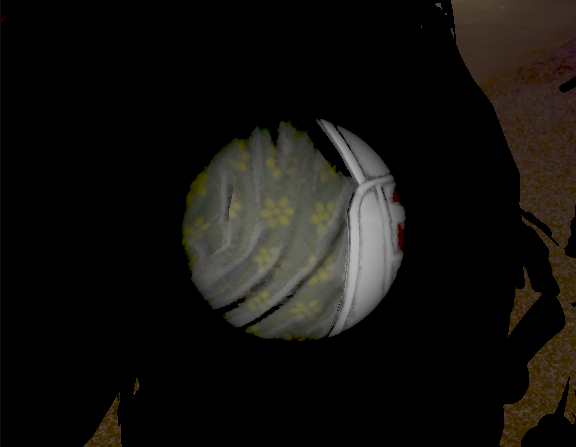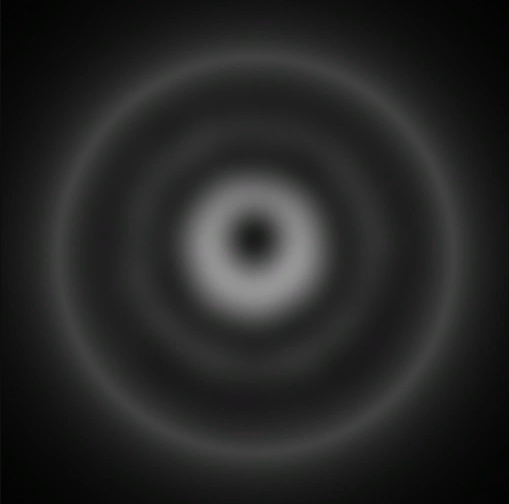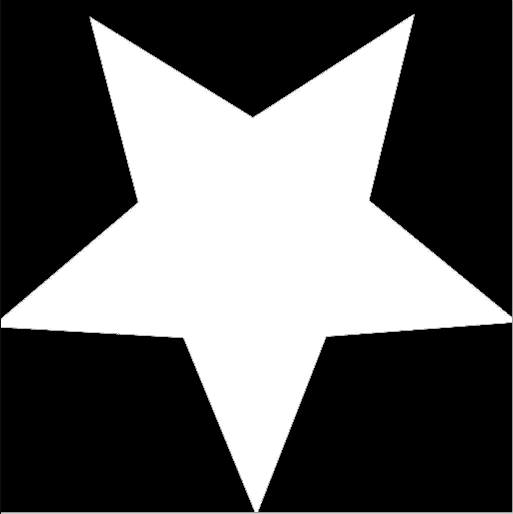Mam taki kod:
void BlinnPhong(
inout float3 outputColor,
PixelMaterial material,
float3 lightColor,
float3 lightDir,
float3 viewDirection,
float attenuation)
{
const float diffuseFactor = dotMax(material.normal, lightDir);
outputColor += lightColor * diffuseFactor * material.baseColor * attenuation;
const float3 halfwayDirection = normalize(lightDir + viewDirection);
float specularFactor = pow(dotMax(material.normal, halfwayDirection), material.roughness);
if (diffuseFactor == 0.0f)
specularFactor = 0.0f;
outputColor += lightColor * specularFactor * material.metalness * attenuation;
}
void EvaluateSpotLights(inout float3 outputColor, PixelMaterial material, float3 pos, float3 viewDirection)
{
for (uint i = 0; i < spotLights.Length; ++i) {
SpotLight light = spotLights[i];
const float3 posToLight = light.position - pos;
const float3 lightDir = normalize(posToLight);
//light.direction is already normalized
const float theta = dotMax(lightDir, light.direction);
const float epsilon = (light.innerOuterCutOff.x - light.innerOuterCutOff.y);
const float intensity = saturate((theta - light.innerOuterCutOff.x) / epsilon);
const float distance = length(posToLight);
const float attenuation = (1.0f / (light.constnatLinearQuadratic.x +
light.constnatLinearQuadratic.y * distance +
light.constnatLinearQuadratic.z * (distance * distance))) * intensity;
BlinnPhong(outputColor, material, light.color, lightDir, viewDirection, attenuation);
}
}

I chciałbym dodać do tego spotlight maskę. Mam przygotowane 2 dla testu:


Do funkcji BlinnPhong dodałem float mask i przemnożyłem to zaraz po attenuation
void BlinnPhong(
inout float3 outputColor,
PixelMaterial material,
float3 lightColor,
float3 lightDir,
float3 viewDirection,
float attenuation,
float mask)
{
const float diffuseFactor = dotMax(material.normal, lightDir);
outputColor += lightColor * diffuseFactor * material.baseColor * attenuation * mask;
const float3 halfwayDirection = normalize(lightDir + viewDirection);
float specularFactor = pow(dotMax(material.normal, halfwayDirection), material.roughness);
if (diffuseFactor == 0.0f)
specularFactor = 0.0f;
outputColor += lightColor * specularFactor * material.metalness * attenuation * mask;
}
Moje pytanie jest, jakich UV użyć do samplowania maski?
Użyłem UV z modelu, który renderuje
float mask = t_spotlightMask.Sample(g_pointWrap, input.mesh_uv).r;
ale wynik jest taki sam jak na pierszym screenshotcie, czyli w ogóle nic się nie zmieniło.
Próbowałem też przekonwertować lightDir na UV:
float theta = acos(lightDir.y);
float phi = atan2(lightDir.z, lightDir.x);
float u = phi / (2 * PI) + 0.5;
float v = theta / PI;
ale maska nadal nie zakłada się poprawnie.